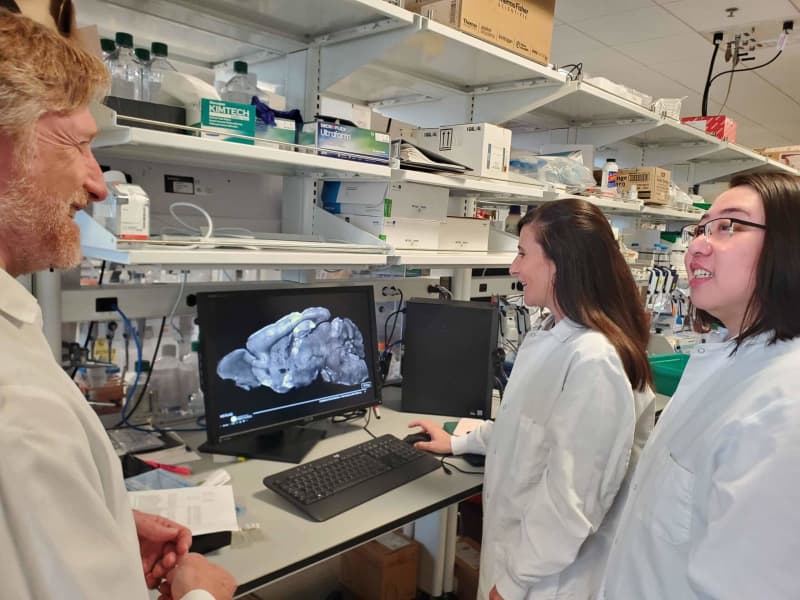A new study has brought scientists one step further in the direction of developing a cure for a brutal group of rare brain disorders known as SYNGAP1-related disorders, or SRDs. Researchers were able to successfully use a gene therapy technique…

A new study has brought scientists one step further in the direction of developing a cure for a brutal group of rare brain disorders known as SYNGAP1-related disorders, or SRDs. Researchers were able to successfully use a gene therapy technique…